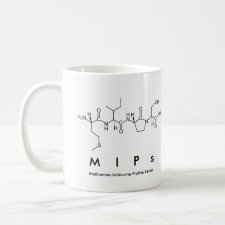
Authors: Qin L, Liu WF, Yang YZ, Liu XG
Article Title: Functional monomer screening and preparation of dibenzothiophene-imprinted polymers on the surface of carbon microsphere.
Publication date: 2015
Journal: Monatshefte für Chemie - Chemical Monthly
Volume: 146
Issue: (3)
Page numbers: 449-458.
DOI: 10.1007/s00706-014-1311-9
Abstract: Three candidate monomers (methacrylic acid, 2-vinyl pyridine, and 2-acrylamide-2-methyl sulfuric acid) were screened through computational simulation method to prepare effective surface molecularly imprinted polymers (SMIPs) based on carbon microspheres (CMSs) for dibenzothiophene removal from fuels. The optimized structures of complexes were described using density functional theory calculation at B3LYP/6-311++G(d,p) level and frequency calculations for each molecule and complex were conducted to provide insights into electrostatic interaction between monomers and template DBT. Besides, the reliability of computational simulation method for screening was tested by comparing the theoretical data with experimental results from gas chromatography. The computational data suggest that methacrylic acid (MAA) was the preferred monomer with the largest absolute binding energy (14.79 kJ mol-1), which is in accordance with the experimental results. The saturated adsorption of PMAA-SMIPs/CMSs was the best (41.73 mg g-1). Besides, PMAA-SMIPs/CMSs show highest special selectivity for dibenzothiophene against benzothiophene, and the relative selectivity coefficient k' was 2.02. The computational simulation method can be effectively used in monomer screening. This work may help understand the mechanisms of polymerization and recognition process between SMIPs and template and design SMIPs with improved adsorption performance
Template and target information: dibenzothophene
Author keywords: surface molecularly imprinted polymers, Adsorption desulfurization, nanostructures, Density functional theory, Computational chemistry, gas chromatography



Join the Society for Molecular Imprinting

New items RSS feed
Sign-up for e-mail updates:
Choose between receiving an occasional newsletter or more frequent e-mail alerts.
Click here to go to the sign-up page.
Is your name elemental or peptidic? Enter your name and find out by clicking either of the buttons below!
Other products you may like:
 MIPdatabase
MIPdatabase









